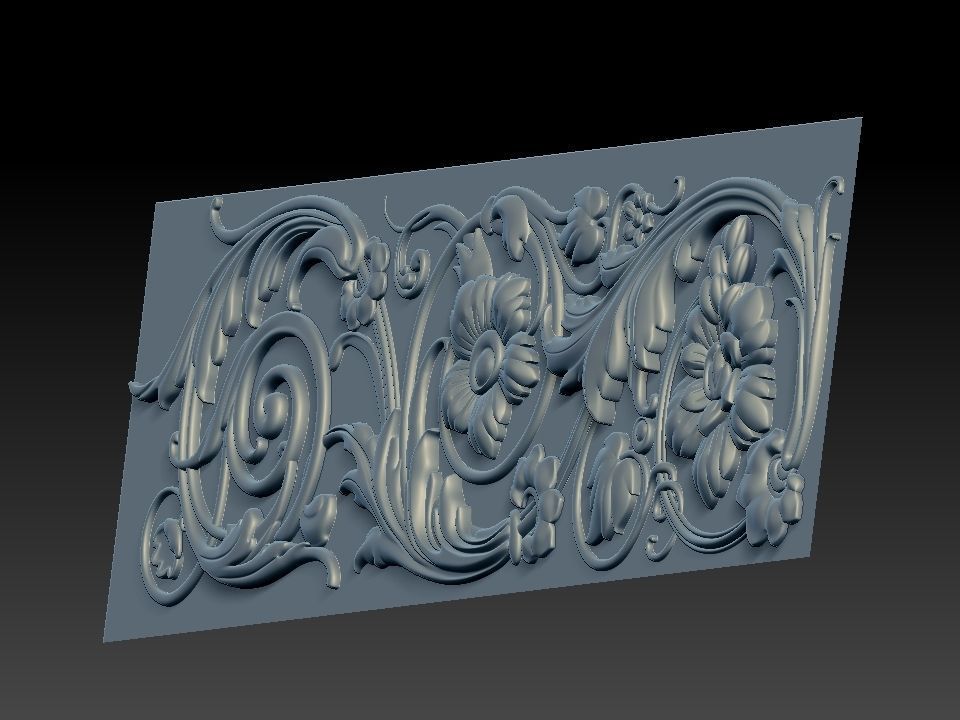
3D FLORAL DESIGN 3D model
Floral design or flower arrangement is the art of using plant materials and flowers to create an eye-catching and balanced composition or display. Evidence of refined floristry is found as far back as the culture of ancient Egypt. Professionally designed floral designs, arrangements or artwork incorporate the elements of floral design: line, form, space, texture, and color, and the principles of floral design: balance, proportion, rhythm, contrast, harmony, and unity.[1]
There are many styles of floral design including Botanical Style, Garden Style, Crescent Corsage, Nosegay Corsage, Pot au Fleur, Inverted T, Parallel Systems, Western Line, Hedgerow Design, Mille de Fleur, and Formal Linear.[2]
The Eastern, Western, and European styles have all influenced the commercial floral industry as it is today. Ikebana is a Japanese style of floral design, and incorporates the three main line placements of heaven, human, and earth. In contrast, the European style emphasizes color and variety of botanical materials not limited to just blooming flowers, in mass gatherings of multiple flowers. Western design historically is characterized by symmetrical, asymmetrical, horizontal, and vertical style of arrangements.
In addition to flower arrangements, floral design includes making wreaths, nosegays, garlands, festoons, boutonnieres, corsages, and bows.
































